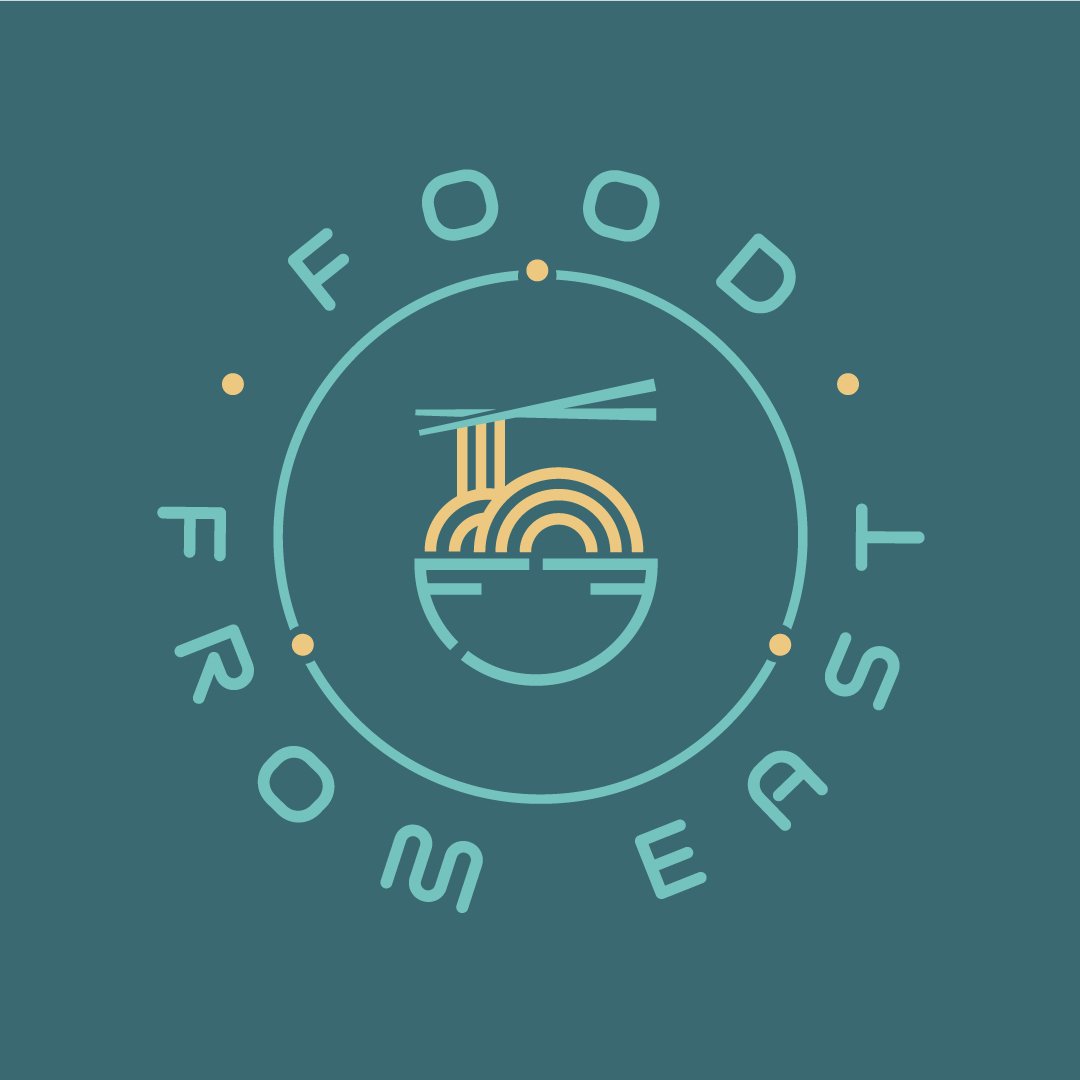Szechwan North
Having moved to Glenview a couple of years ago, I was driving by a shopping mall and noticed the words “Szechwan” and got excited. Szechwan North has been serving the North Shore community since 1992. and aim to offer an authentic taste of Sichuan cuisine, bringing the “bold and fiery flavors” of China’s Sichuan province to this North side suburb.
We ordered Szechwan cucumbers which were the surprise simple dish of the meal. It had ginger, garlic and a soy sauce and vinegar. It had a strong salty and astringent flavor. In Traditional Chinese Medicine, vinegar warms the body, moves stuck blood and energy, and helps relieve pain. Soy sauce’s salty flavor softens hardness, moistens dryness. The moistening and astringent flavors are good for summer heat.
We also got the tea duck. served with a sweet duck sauce. The duck was a bit dry. The Chef Special Prawns with no shells were freshly friend and delicious. Spicy with the long red Chinese peppers called Tianjin of Facing Heaven Peppers.
Chung Du Special Grilled Fish is a sizzling dish of crispy grilled fish simmered in a spicy, numbing broth with dried chilies, Sichuan peppercorns, fermented bean paste, and a mix of vegetables, tofu, and peanuts—bold, aromatic, and perfect for sharing. It was unique and came with lots of fresh herbs on top. I was impressed with the authenticity of the dish and the flavors reminded me of bring in Chengdu.
Historical Context of Sichuan (or Szechuan) Cuisine
Origin: Sichuan cuisine comes from Sichuan Province in southwest China, a region known for its humid, subtropical climate and bold, spicy flavors.
Flavor Profile: It is famous for its "ma la" (numbing and spicy) combination, typically achieved with Sichuan peppercorns (which produce a tingling sensation) and chilies.
Cultural Roots: The cuisine developed as a response to the damp, wet climate, with locals using heat and spice to preserve food and stimulate the appetite.
Diversity: Though known for spice, Sichuan cuisine includes a variety of flavor combinations - sour, sweet, bitter, pungent, and salty—often blended in a single dish.
TCM Insights on Sichuan Cooking
From a Traditional Chinese Medicine perspective, Sichuan-style foods are typically considered warming and dispersing, which makes them ideal for some and aggravating for others:
Potential Benefits:
Dispel Cold and Damp: The warming spices and aromatics (like garlic, ginger, and Sichuan peppercorns) disperse cold and dampness, especially beneficial in a humid climate.
Activate Qi and Circulation: Spicy foods help move stagnant Qi, promoting better blood flow and aiding digestion.
Stimulate Appetite and Digestion: The strong flavors and warming nature can invigorate the Spleen and Stomach, which are central to digestion in TCM.
Cautions:
Too Much Heat: For people with Yin deficiency, internal heat, or inflammatory conditions, frequent spicy food may aggravate symptoms like dryness, irritability, or constipation.
Damp Heat Patterns: Some Sichuan dishes are oily, which can contribute to damp heat accumulation if over consumed or paired with alcohol.
Balance Tips:
Pair spicy dishes with cooling herbs or vegetables like cucumber, mung bean, or lotus root to balance the heat.
Drink warm teas such as chrysanthemum or barley to clear excess heat after a heavy meal.




